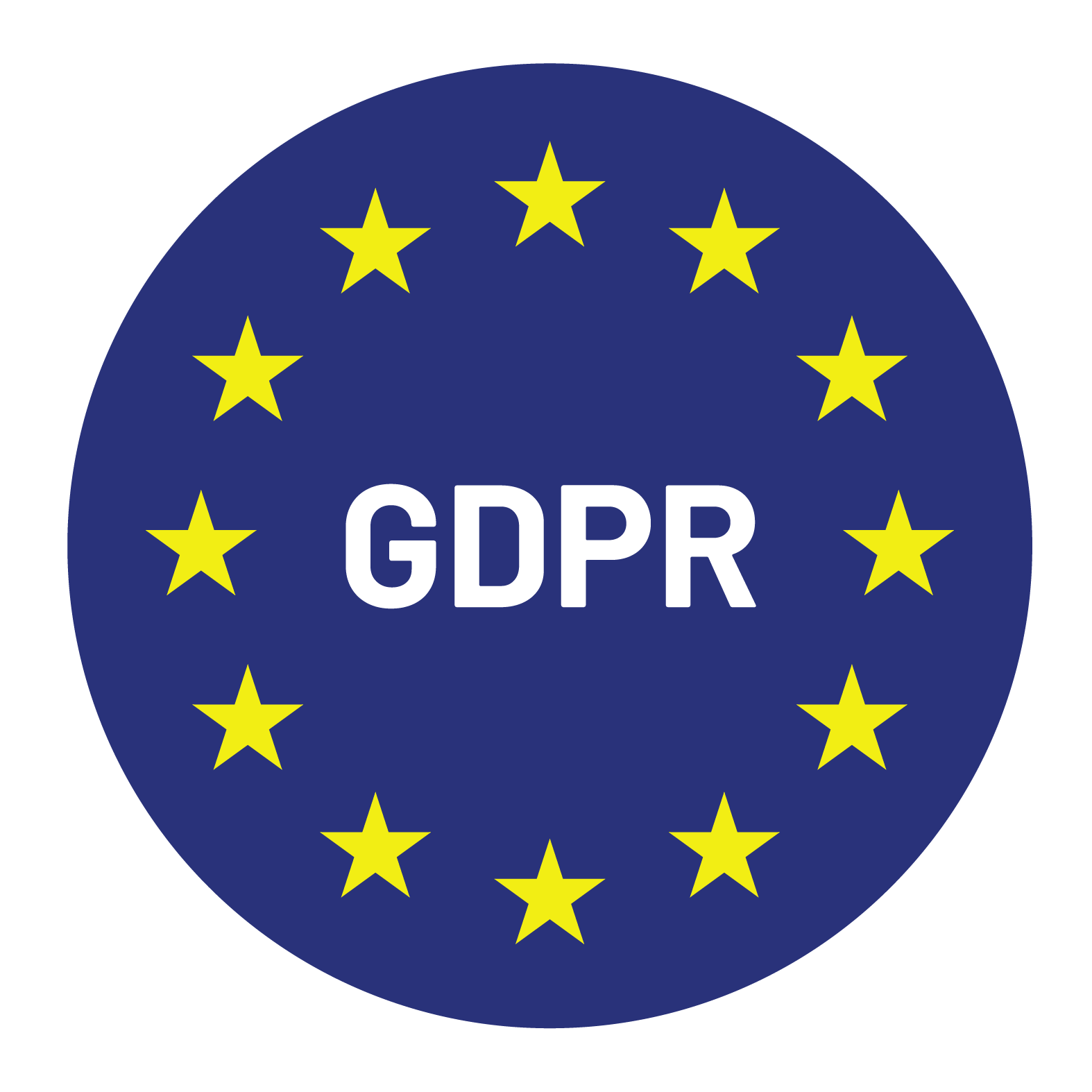

Content Writer for Whistle with multidisciplinary experience spanning over a decade.
The worst thing a B2B company can do is fill its funnel with leads that never buy. You end up with big dashboards, frustrated salespeople, and budgeting that looks great on paper but fails in practice. Instead of hunting volume, the real mastery lies in understanding lead quality metrics, the measures that tie your marketing engine directly to revenue.
Growth leaders pay attention to metrics that signal real buying intent and long-term revenue potential, favoring measures that track opportunities rather than raw contact volume. Whistle follows the same principle when evaluating B2B lead providers, focusing on the quality of leads that convert into revenue.
Most B2B firms fall into the trap of celebrating big lead counts. But getting 1,000 unqualified names is worse than getting 100 highly relevant ones. Here’s why quality wins:
So when evaluating B2B lead providers, don’t focus on how many leads they deliver. Focus on how many eventually turn into revenue.
Here are the metrics you should be watching closely, and demanding in reports from your lead providers.
Definition: The percentage of leads (e.g. MQLs or marketing‐qualified prospects) that become Sales Qualified Leads (SQLs).
Why it matters: This metric shows whether your lead sources are hitting your ideal customer profile (ICP) or just dumping broad names. If the percentage is low, your targeting or provider quality is off.
Benchmarks: In B2B SaaS or enterprise sales, a healthy lead-to-SQL rate might fall somewhere between 5% and 20%, depending on price point, vertical, and sales sophistication.
Definition: The percentage of opportunities (SQLs accepted into the pipeline) that eventually close and become paying customers.
Why it matters: This is the ultimate test of true lead quality. It filters out hype and shows which sources deliver real revenue.
Use with providers: Ask your B2B lead providers to provide this metric per source. If one provider delivers many SQLs but none convert, their quality is weak.
All leads are not created equal. Some generate small deals; others land big contracts.
Why track this: If a lead source consistently brings larger deals, it’s more valuable even if the volume is lower. When you measure purely count metrics, you bury this nuance.
How to use it: Segment conversion and pipeline reports by lead source and compare average contract value across sources. Ask providers to co‐report this.
Definition: The average time it takes for a lead, from first contact, to become a closed customer, broken down by lead source.
Why it matters: Good leads move faster through your funnel. Long cycle times may indicate lower intent or more grooming required.
If Provider A’s leads take six months to close vs Provider B’s leads take three, which is better? The faster path often wins, if quality holds up.
Engagement Metrics (Response Rate, Meeting Show Rate)
These are “micro-conversions” that signal intent before deals close.
Why they matter: If leads aren’t engaging early, they probably aren’t buying. A lead provider should report these rates so you can see which sources deliver the real interest.
Quality leads shouldn’t just convert, they should stick.
Why track retention by source: Some good initial leads turn into poor long-term customers. If a particular lead source shows higher churn or lower renewal rates, it signals a mismatch.
This metric helps you see whether a provider delivers short‐term wins or accounts that deliver sustained value.
A good lead scoring framework helps you filter and grade leads so you can compare quality across sources. Here’s how to think about it.
BANT remains a simple, reliable framework. If a lead doesn’t satisfy those four criteria, its chances of closing are far weaker.
But BANT alone is insufficient; it’s backward-looking and rigid. It doesn’t capture engagement or behavioral intent.
A more sophisticated framework combines:
You assign scores (say 0–100) and set thresholds. Leads above threshold become SQLs.
Modern platforms enable you to input intent signals (e.g., web behavior, keyword searches, third-party signals) and utilize machine learning models to predict which leads are most likely to convert.
But a caveat: intent data is descriptive, not necessarily predictive, it’s context. Use it as one input, not the full decision.
In essence, your lead scoring framework should act as a baseline filter, but it must be validated against actual revenue outcomes.
If you’re working with external lead providers, here’s how to make sure you hold them accountable.
You should push for transparency, your goal is not more leads but more value.
Even with great metrics, many teams misstep.
If your measurement stops at SQLs, you’re missing half the story.
You can’t just hand off responsibility, you must partner in improving quality. Here’s how.
This coordination will help ensure that every lead delivered is one with a genuine chance.
Measure the wrong things and you’ll reward the wrong behavior. In B2B lead generation, quality trumps volume, plain and simple. To see real ROI, you need providers, internal teams, and dashboards aligned to metrics that matter, SQL conversion, opportunity close, deal size, and retention.
If your lead sources can’t show quality (not just quantity), it’s time to audit. And if you want a partner that structures lead generation around real revenue impact, Whistle is ready to help you benchmark, compare, and shift to high-quality lead models.


© Copyright – Whistle 2023